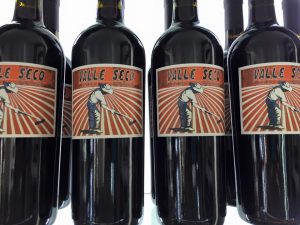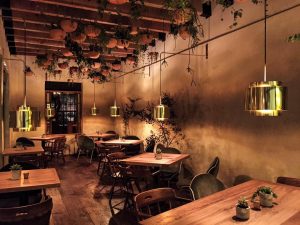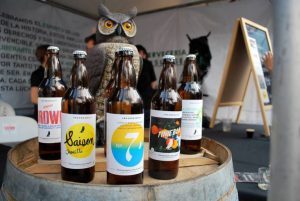The pedestrian areas have two important implicit messages. The first is one of inclusion, as the main actors are people, not cars. The second is a more symbolic message: it is aesthetic because pedestrian areas give the opportunity to contemplate the beauty of cities with time and patience.
In Mexico City, the area with the most pedestrian zones is the Historical Center, where there are, thanks to remodeling a few years ago, at least 18 pedestrian streets that, as a whole, practically have “pedestrianized” the most important center in the country.
Other parts of the city have also been equipped with strips to go for a walk or the sidewalks have been extended to fit many people. The pedestrian zones are an incentive to enjoy and live the city; without them, it would be practically impossible to walk with the necessary calmness to get to know the details.
In the Historical Center:
Francisco I. Madero: in 2010, this street was inaugurated for pedestrians. It has become one of the most visited in the whole country due to its financial importance, but also because it has always been very traditional. It has practically become a sidewalk covered by up to 200 thousand people daily—that is 55 million individuals every year.
Regina: it is known as a Cultural Pedestrian Corridor, inaugurated in 2008. A beautiful walk among stores, greengrocers, local restaurants, communal dwellings, juice stores, mezcal bars that have been giving the place an avant-garde atmosphere. Some artists from this city live there.
San Jerónimo: this pedestrian corridor is one of the few that includes a square, San Jerónimo Square, between 5 de febrero and Isabel la Católica, used for cultural and artistic event presentations.
Motolinia: this street is more famous by night, because there are some nightclubs where concerts and events are carried out.
Dr. Mora: on this street photography and painting expositions, forums and film exhibitions are done.
Talavera: according to the legend (and a little statue in the place is a memory), it was on that street where the eagle devouring the serpent in the Aztec legend was found. On this street there are good coffee places; it is also known as “the Child Jesus” street because of the dozens of stores that sell this doll and its traditional clothing.
In the Zona Rosa:
Génova: it is the main street in the Zona Rosa and was recently remodeled with cobble stones. A nice walk by bars, cafes, the José Luis Cuevas Art Corridor. A trip from Reforma until Liverpool Street.
In Tacubaya:
José María Vigil: only a few months ago it was equipped with quarry and the Tacubaya Touristic Corridor was inaugurated. One of the main motives to make this area pedestrian was to preserve the Casa Luis Barragán’s touristic life, which has become a cultural corridor. The walk, as well as this legendary architect’s home, covers the Peña Manterola market, the Charles de Gaulle Square and Lira Park, among other places.
In the Roma:
The Alvaro Obregón Avenue middle strip: this avenue in the Colonia Roma has become one of the emblematic places of this area. Here you will find gourmet restaurants, design stores, bookstores, taco places, vintage clothing, etc. A mixture that describes this neighborhood and plays between retro and avant-garde. On its middle strip you can sit in the shade of a tree or listen to one of the fountains named in honor of some Greek Gods.
In the Condesa:
Amsterdam Avenue’s middle strip: it is one of the most singular due to the elliptical shape of this avenue. Its middle strip, bordered by benches and gardens is the path for joggers and pet walkers, and gives this neighborhood a notable public space life —not everything is a shop or restaurant.
Mazatlán Avenue’s middle strip: also in Condesa, it is used by the inhabitants to do exercise or go out and watch people for a while.
In Polanco:
Paseo de la Reforma: this avenue was adapted by a project of dictator Porfirio Díaz with benches, street furniture, trees and exhibitions; it is the most important avenue in the country and its pedestrian life is one of the most influential and beautiful. A walk along it includes going past Chapultepec Park, the Tamayo Museum, the National Anthropology and History Museum and the Torre Mayor, Latin America´s highest building. It is 12 Km. and in the most important portion, which is where the museums are, there is also a pedestrian corridor going downtown.
Ferrocarril de Cuernavaca (linear park): this refurbishment has pedestrianized what is known as “New Polanco”, where museums like the Soumaya and Jumex, commercial malls and apartment complexes have been built. The work done makes the place feel much more including and integral.
Horacio Avenue middle strip: this central pedestrian middle strip makes the Polanco neighborhood, so fresh due to the large amount of trees, good for contemplating. Around here, it is possible to appreciate life in the area with young Jewish mothers or Orthodox Jews crossing through, as well as seeing the office people or people doing sports.
Also in MXCity: which are the Mexico City’s most famous streets and why?
With more visitors than any place else in the region, Mexico City is Latin America’s Favorite for good reason.
Here are just 15 of them!
Mexico City is vibrant, vast and very important. Not just in terms of the space it occupies and the stone and brick from it’s made from, but Mexico City greeted more than 30 million visitors last year. That’s more than it’s entire metro-population (though not by much). Let’s look at why they came.
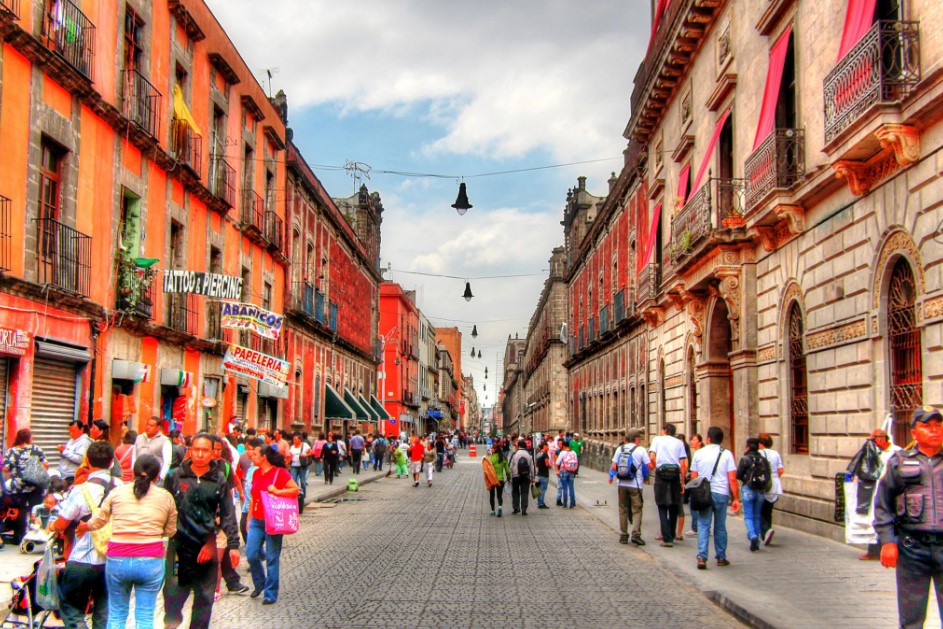
Last year, at about this time, The New York Times had named the city the number one travel destination for 2016. Tourism searches on Google showed Mexico City as not just a Latin American Favorite, but in the top five tourist searches in the world. And of course, people have been asking for the last several years if it wasn’t the Next Paris, or the Next New York or the Next SOMETHING.
The City government set itself to the task of figuring out just why people love coming here. These are the top 15 reasons they came up with, and ultimately they’re the reasons that Mexico City is Latin America’s favorite, and maybe your favorite too!
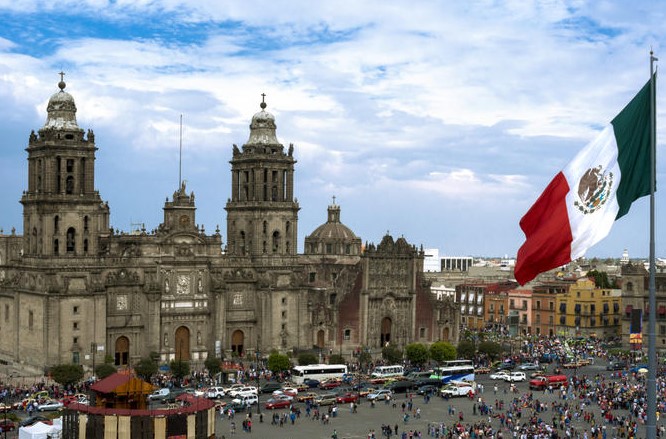
1) 185 museums, nine archaeological sites and four World Heritage sites? The cultural scene is enormous, rich and varied. There’s something for every kind of cultural traveler.
2) Fairs, festivals, conventions, meetings and extravaganzas cover music, food, movies, books, and trade in every kind of human activity, down to the annual clown convention.
3) Blockbuster events? Last year saw a Formula 1 race, an NFL game or two, the Tour de France, and a free Roger Waters concert in the city center.
4) Chosen for the sixth world C40 Mayors Summit in November of 2016, Mexico City is widely perceived as a world leader in combatting climate change.
5) The Metrobús system, originally based on one running in Bogota, Colombia, is now the biggest in Latin America. Stretching some 125 kms today, in 2017 no less than 90 Alexander Dennis Enviro500 double-decker buses will begin plying the length of Paseo de la Reforma, as Metrobus Line 7 officially opens.
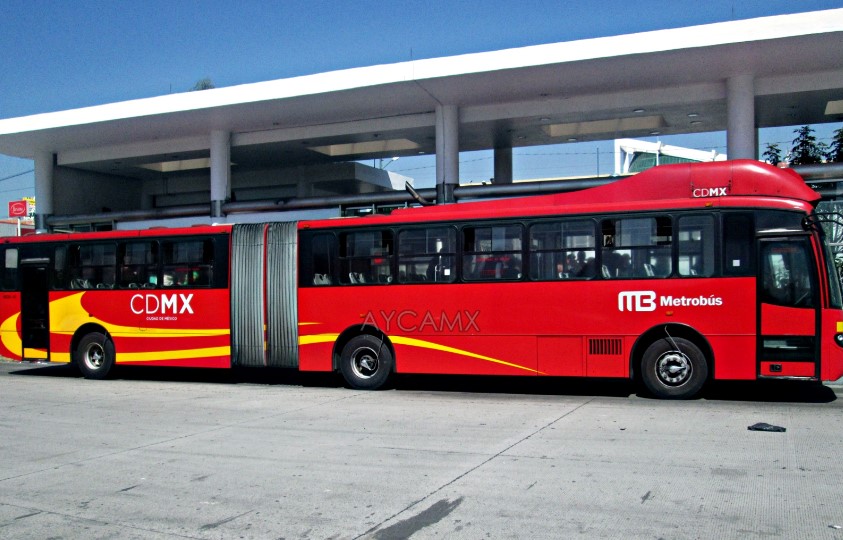
6. The tourist program Sonrisas por tu ciudad, literally “Smiles for your city,” organized by the Secretary for Tourism, has benefited more than 200,000 people.
7. Mexico City’s Central de Abasto (pictured below), after more than 30 years sells 30,000 tons of merchandise (mostly food) and sells to about 30,000 people every day. It’s the largest shopping area in the world.
8. Mexico City was the first Latin American city to join the Rainbow Cities Network, which coordinates city-level actions to protect LGBTI citizens and residents.
9. Mexico City was chosen as the World Capital of Design for 2018, by the World Design Organization.
10. The Centro Histórico is the largest historical city center in Latin America, with 1,500 buildings designated as having historical, cultural, artistic or architectural value. That’s more than most tour guides can handle, but it’s also home the continent’s biggest Metropolitan Cathedral.
 11. Mexico City’s first ever Day of the Dead parade was celebrated by more than 250,000 marchers, band members, onlookers and, yes, zombies.
11. Mexico City’s first ever Day of the Dead parade was celebrated by more than 250,000 marchers, band members, onlookers and, yes, zombies.
12. The city’s El Médico en tu Casa program puts a “Doctor in Your Home.” It’s already recognized in America, Asia, and Europe, for bringing health services closer to people who can’t easily visit hospitals or clinics.
13. Mexico City also began the first Specialized Center for the Management of Diabetes anywhere in Latin America.
14. The Ecobici system (pictured below) is the biggest public bike system in Latin America, with 452 cycle stations and about 35 million trips made by 200,ooo riders every year.
15. And finally, the good old underground Metro network is the biggest in Latin America, too. With 12 lines 226 km in total length, about 5 million people ride it every day.
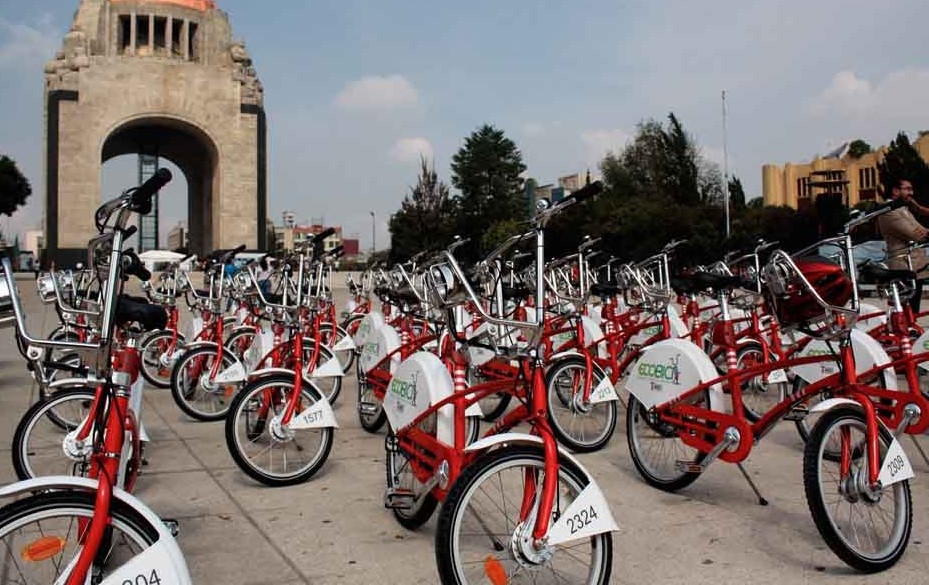
Source: CDMX government, with information from International CDMX and the 4th Governmental Report CDMX, 2016.
Some of Mexico City’s Best Wine Shops are still not backing Mexican Wines. These ones are…
Casa Madero may have been the first winery in the Americas, founded way back in 1597, and way up in Coahuila. But Mexico’s predominant “beer culture” has always given wine producers something of a long shadow to grow up in. Aguascalientes, Querétaro, Guanajuato, Zacatecas and Chihuahua all produce respectable wines, but it’s been the environs of Ensenada (the Guadalupe Valley, the Santo Tomas Valley, and the Ojos Negros Valley) that have really busted the Mexican wine scene out onto international lists of “respectability.” Some parts Coahuila (the Valley Of Parras, and Cuatro Ciénagas in particular) still hold their own – but most wine enthusiasts agree, Baja’s got the wine to beat.
Mexico exports wine around the world. According to the Mexican Wine Council, about 400 brands of wine are currently being produced in the country, and these increasingly appear on the international lists as being wines to watch (and to taste). But those lists aren’t everything. Even the most sophisticated drinkers know today that plenty is coming each year from Mexican wineries that’s worth taking note of.
Yes, you can still find plenty of good Mexican vintages mixed in with the international offerings on the shelves at Liverpool. But the wine shops below are pretty active at pushing good wines, from Mexico, onto more Mexican tables.
Vinoteca
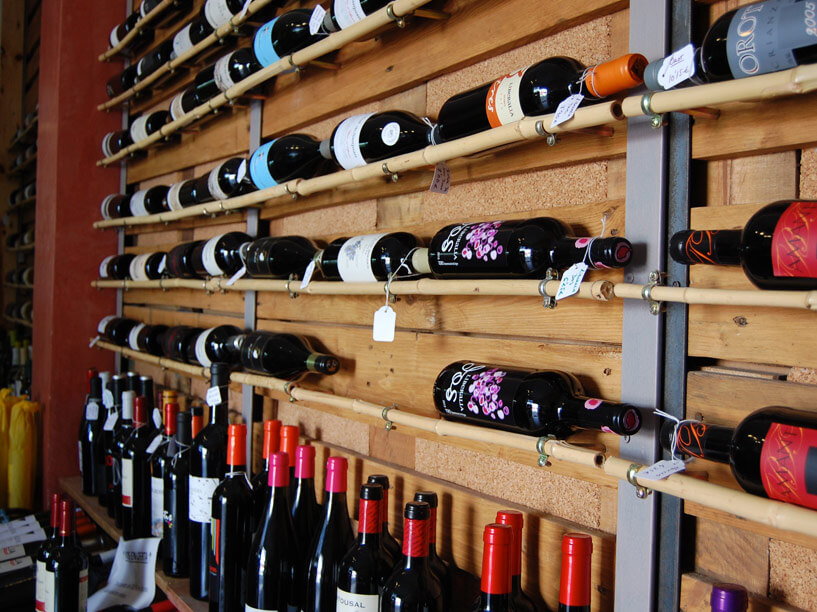
Vinoteca has three locations in and around the city and carries a wide range of Mexican wines, and still more around the country. They do a fair internet trade in wines too, but stopping in lets you pick the brains of their knowledgeable staff.
La Contra
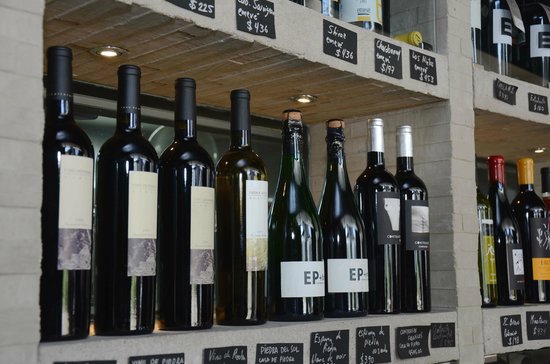
La Contra, also with shops all over the country, is one of the city’s leading advocates for the Mexican wine industry. With a capital location in Roma, it’s an easy and relaxed place to pick up recommendations, or indeed, to sample some of the best bottles coming in.
Address: Álvaro Obregón 130, local # 10, Colonia Roma Norte
Telephone: 5564 0966
Website | Facebook
Á de Acento
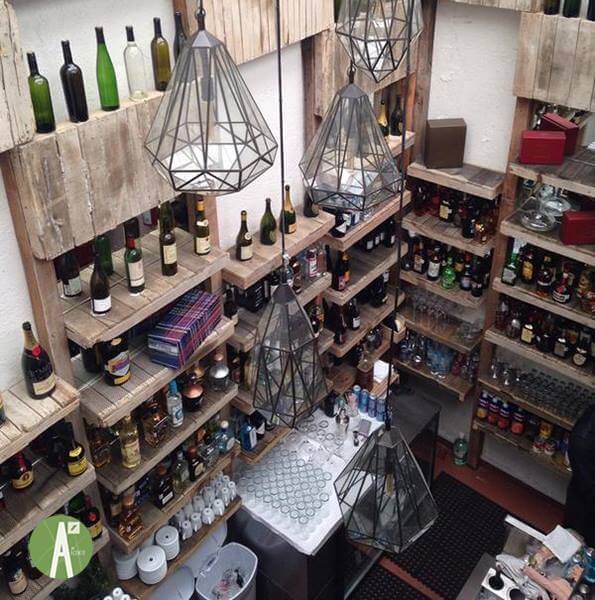
Á de Acento offers a very well-regarded restaurant, but the gourmet shop offers plenty that’s pure Mexican and well worth a bottle or two. In fact, prices are very reasonable, but there’s also usually something special hidden away in the shelves that inquiring customers will be very pleased to find.
Address: Cuernavaca # 85, Colonia Condesa
Telephone: 5260 4721
Website | Facebook
Amaya
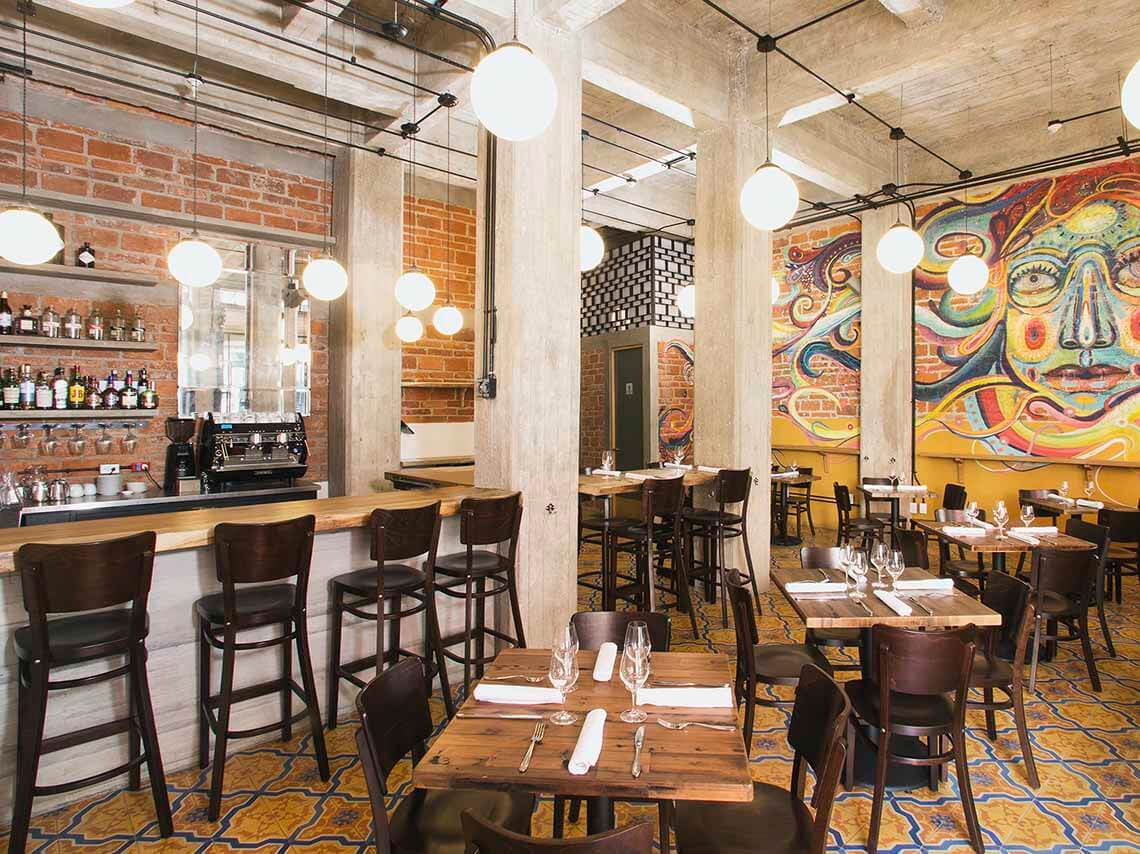
Another in the list of combo restaurant and gourmet shops, Amaya has made a big splash with their list of “vinos raros.” Far from weird, many of them are fabulous. They’re also generally available in the shop, no reservation necessary and many of the best are, in fact, domestically produced!
Address: General Prim # 95, Col. Juárez
Telephone: 5592 5571
Website | Facebook
La Europea
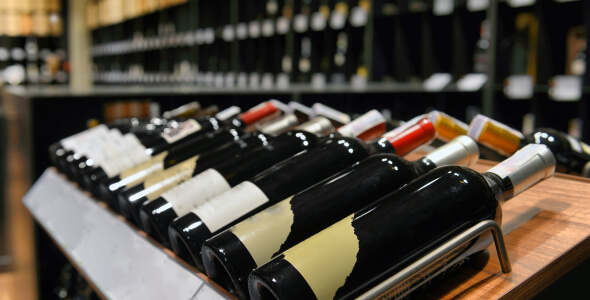
Don’t expect friendly service. La Europea is still trying to figure out in which decade they’re doing business. But for all the wood-boxed bacalao these people sling during the holidays, they’ve always got a ton of good wine, too. With a good number of branches in and around the city, calling them one of the best wine shops in Mexico might be a stretch, but they do a lot of business, and for that, they always offer a ton of good Mexican wines too.
Si Mon

Si Mon is run by the chefs at Broka Bistrot, practically next door. And the emphasis is on local, good, and even inspiring wines. One of the best things about shopping at a wine bar is after all, that there is usually a bottle open. And for that, including Si Mon in a list of the best wine shops is practically a given.
Address: Zacatecas # 126, Colonia Roma Norte
Telephone: 1866 9030
Facebook
Main Photo Above: Aborigen Valle Seco, Petite Sirah, Mourvedre, Cabernet Sauvignon, Courtesy of La Contra


